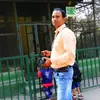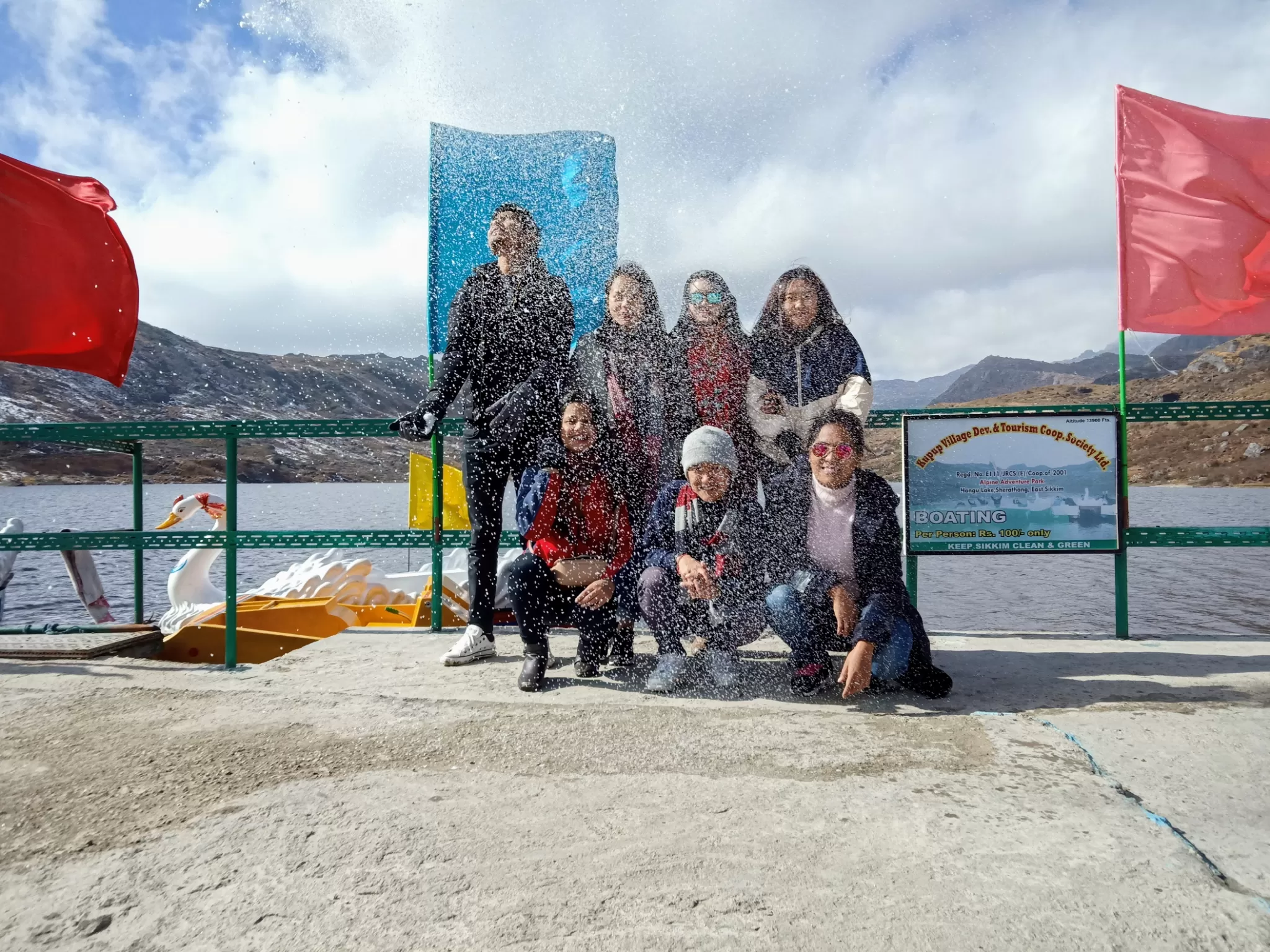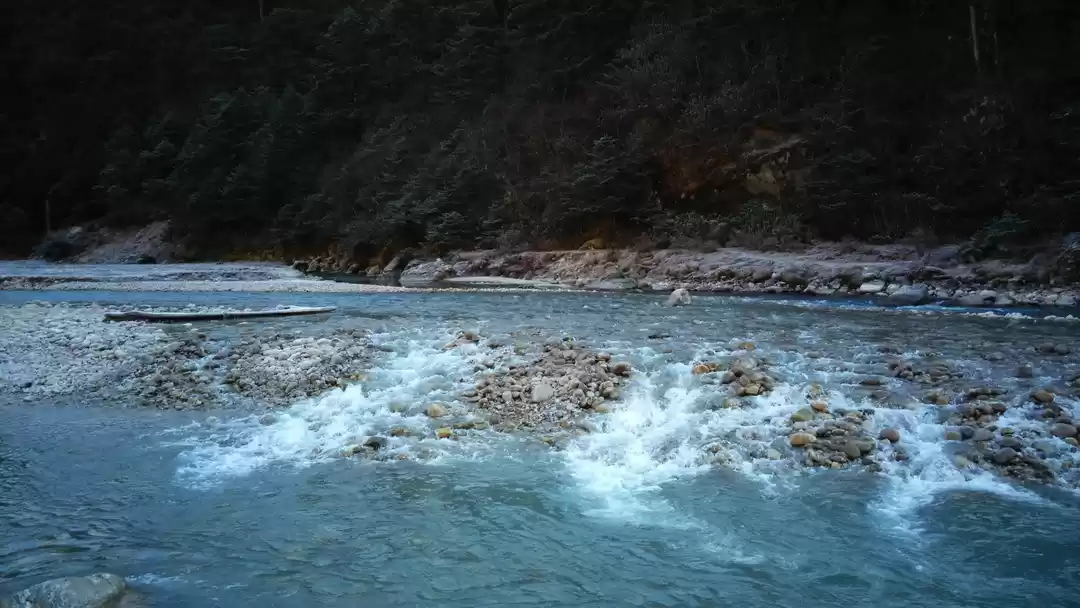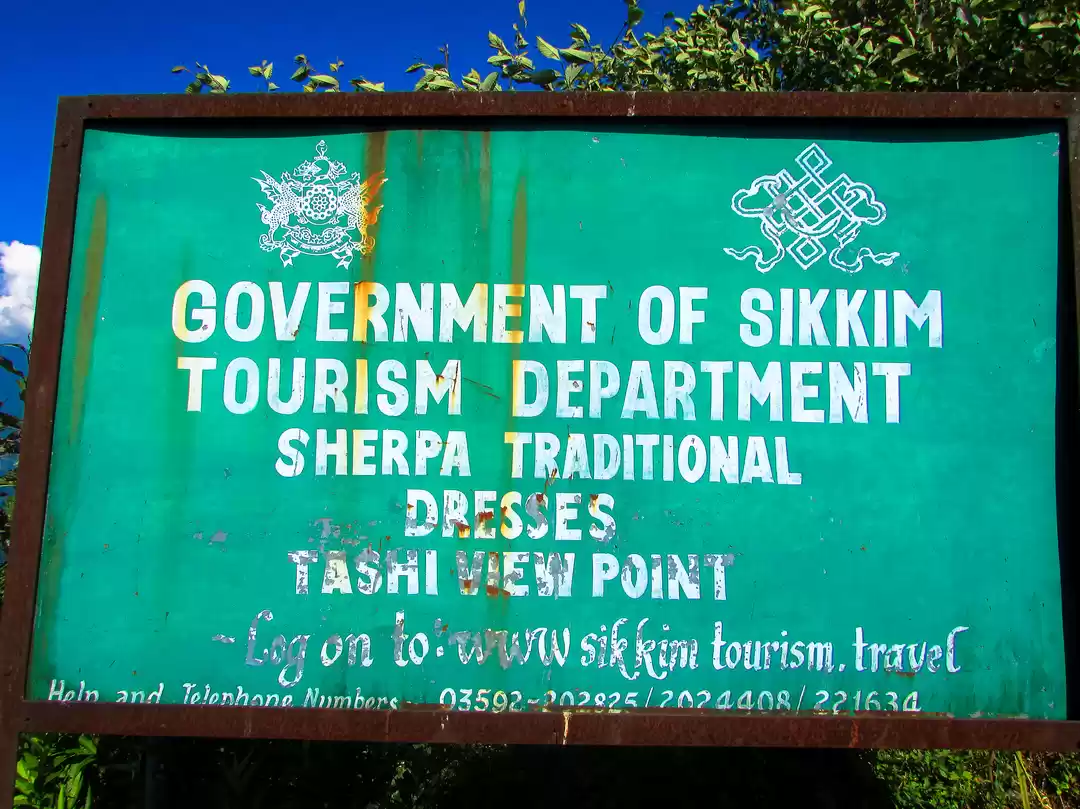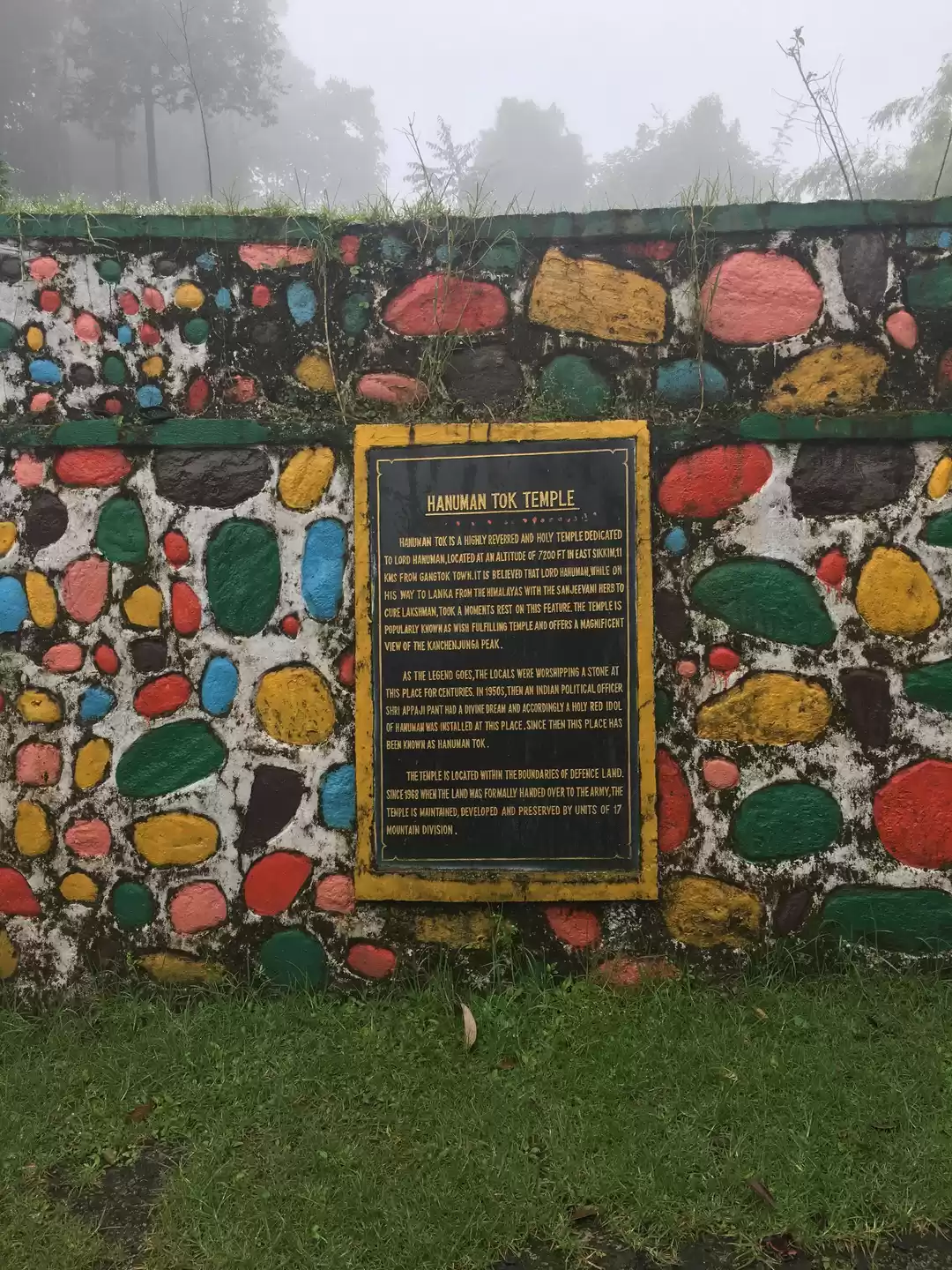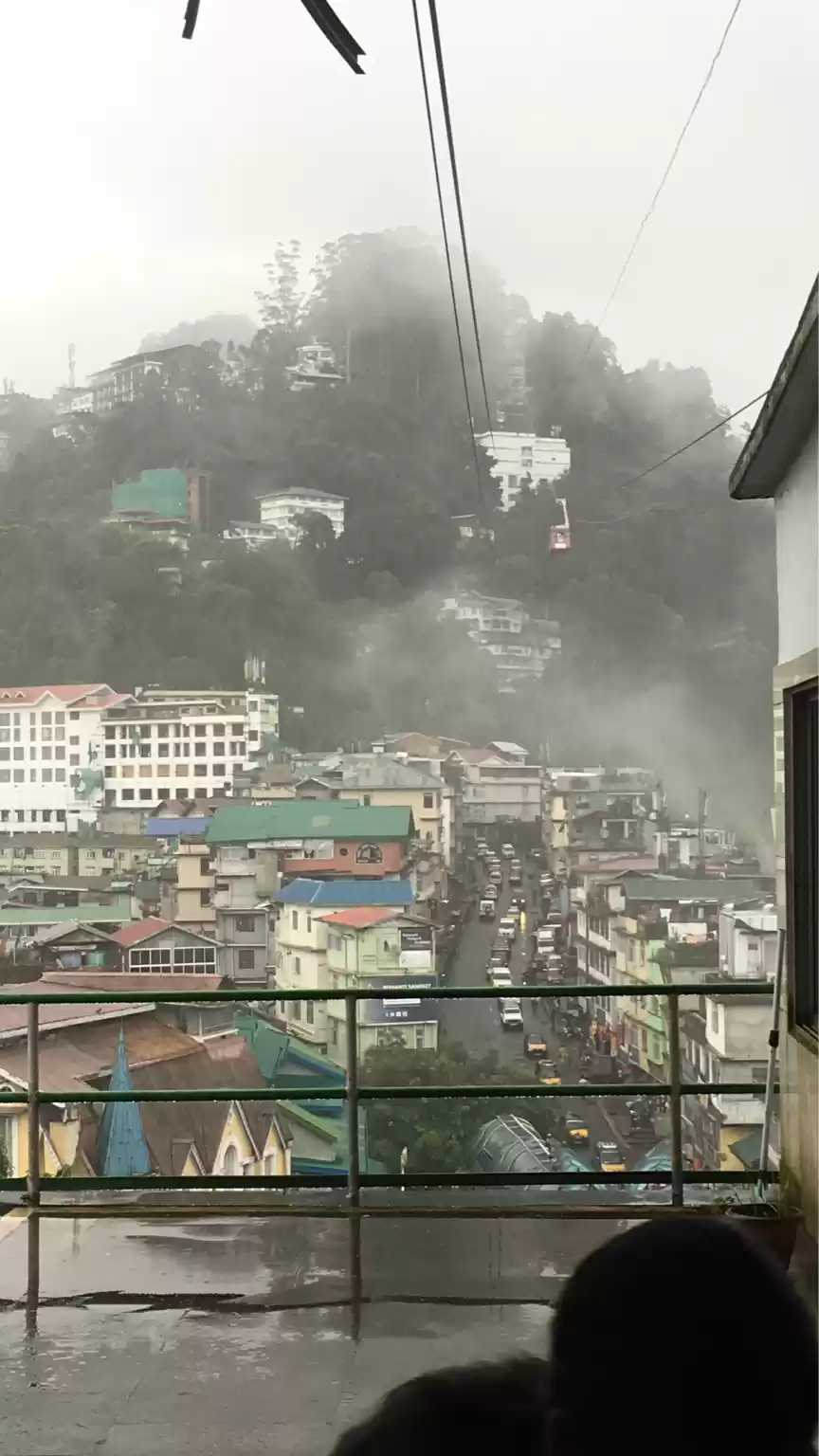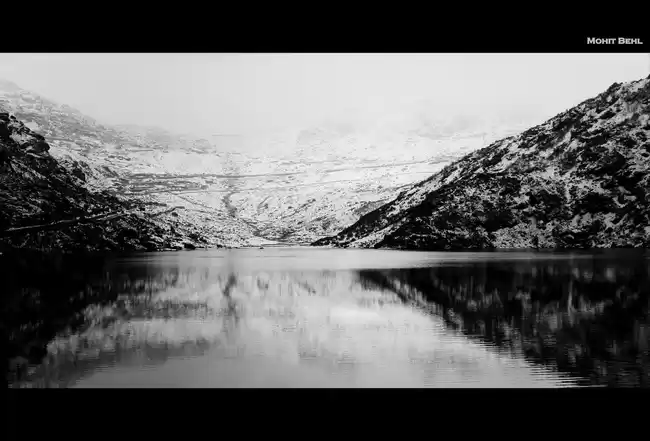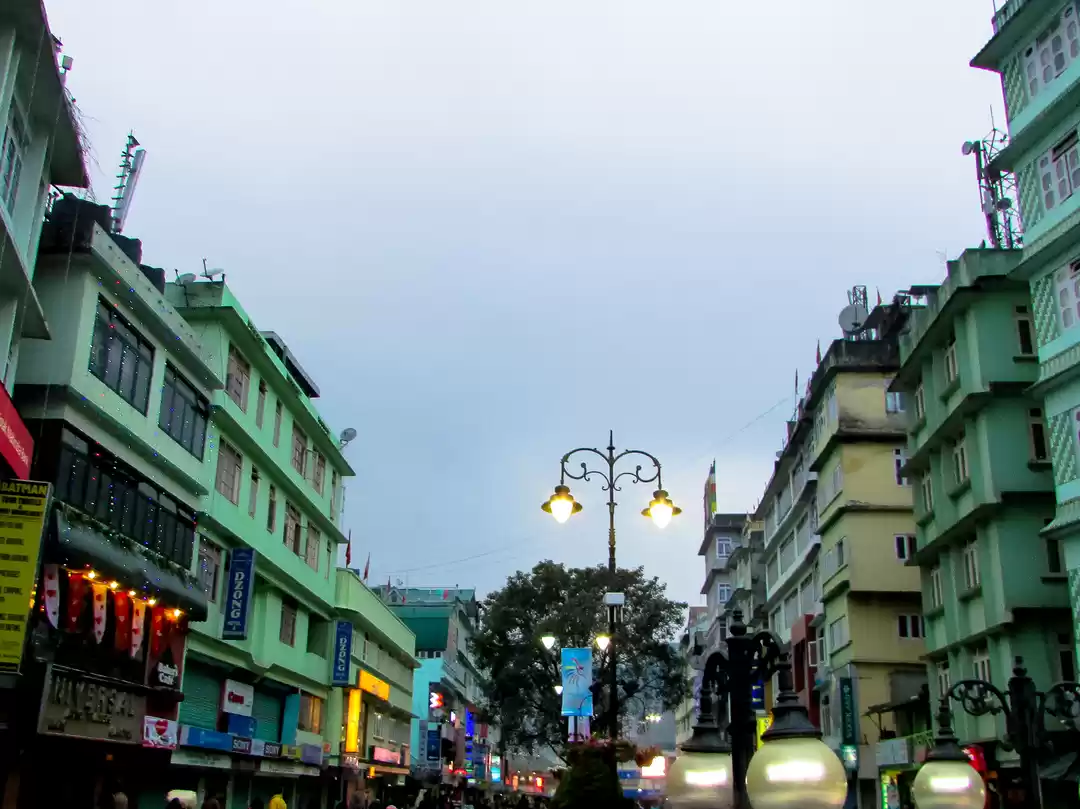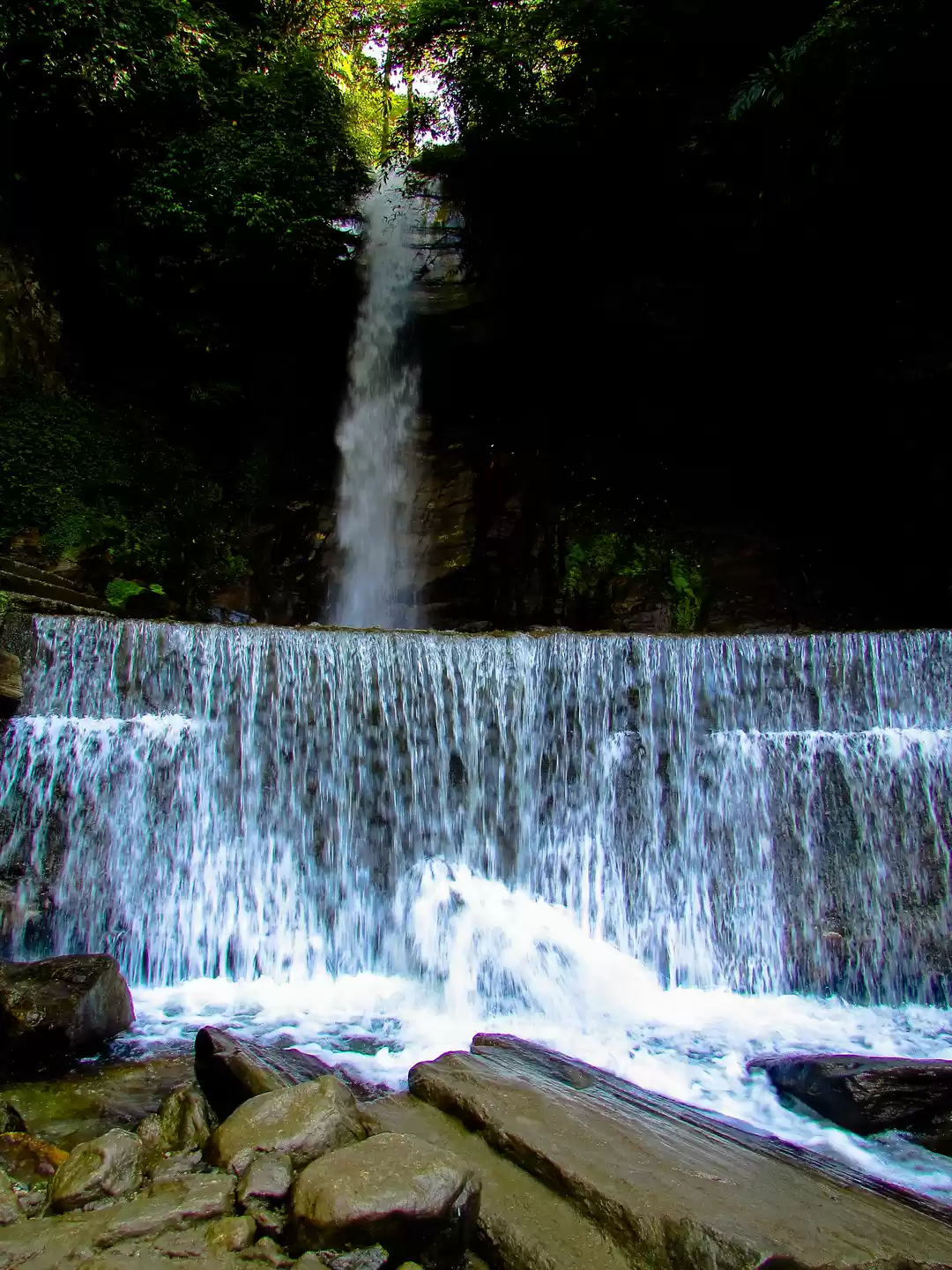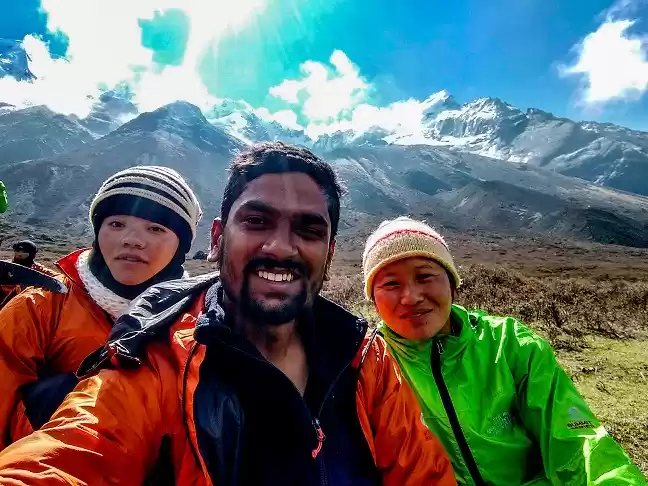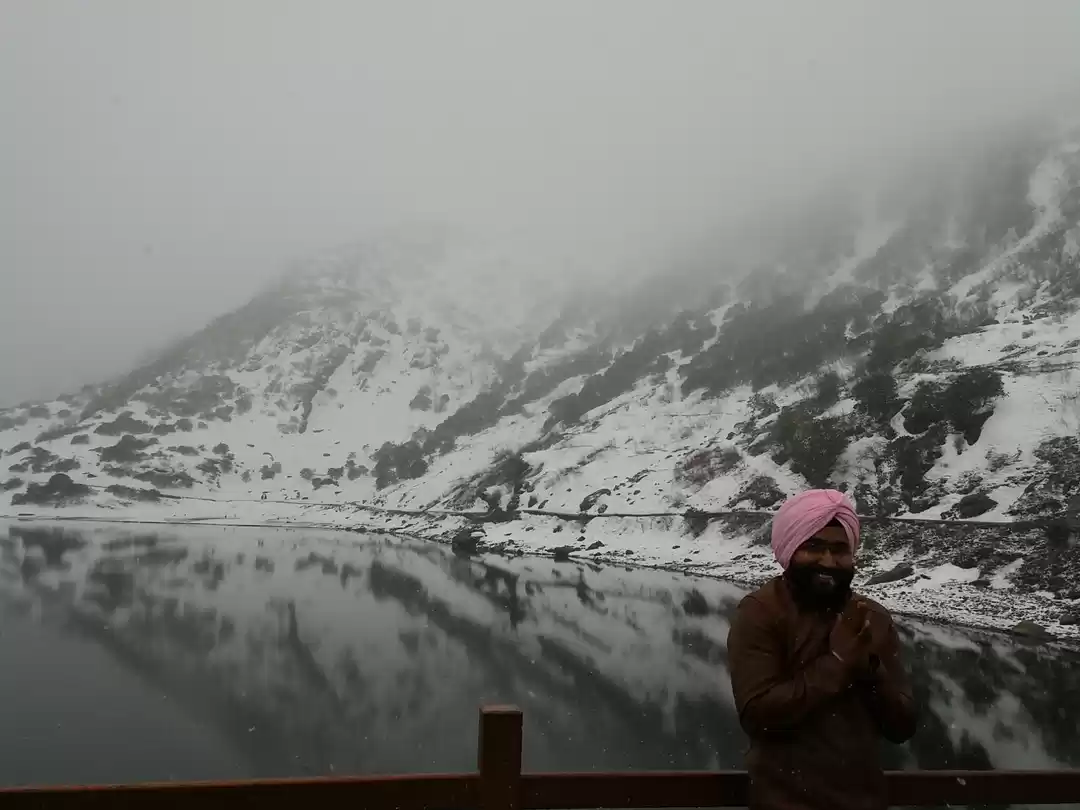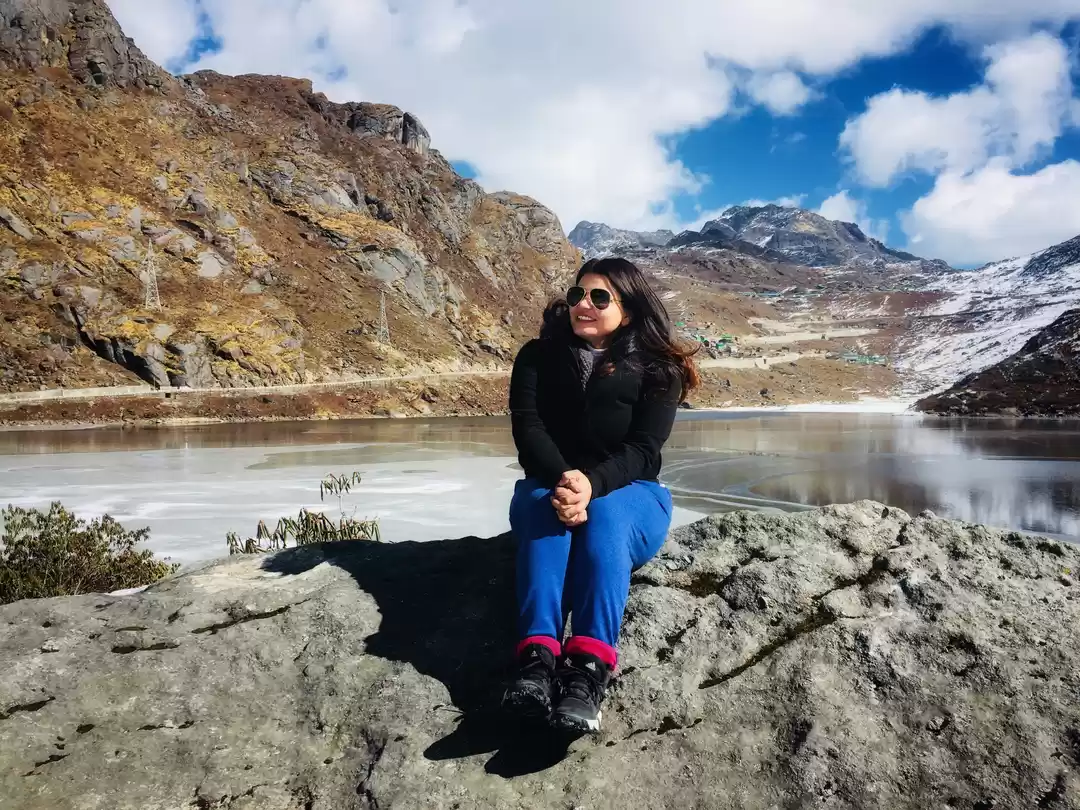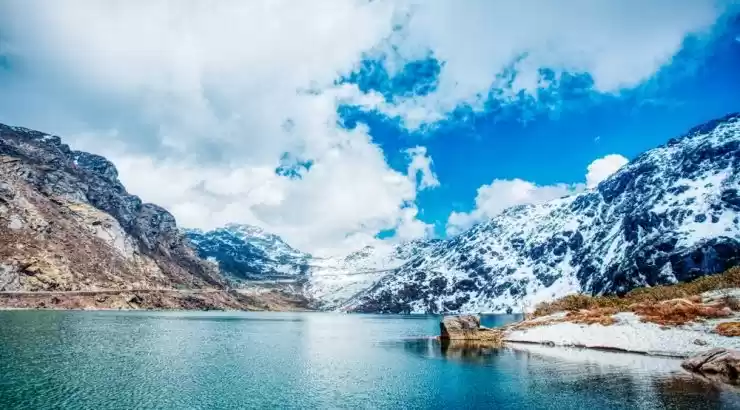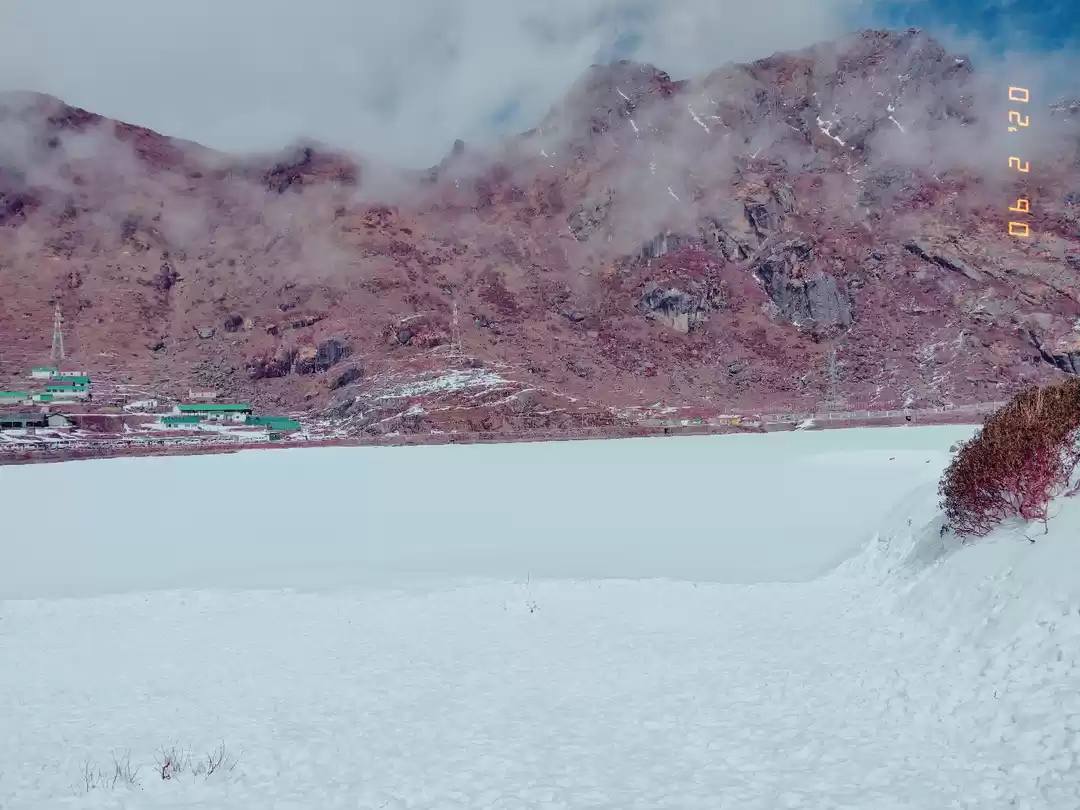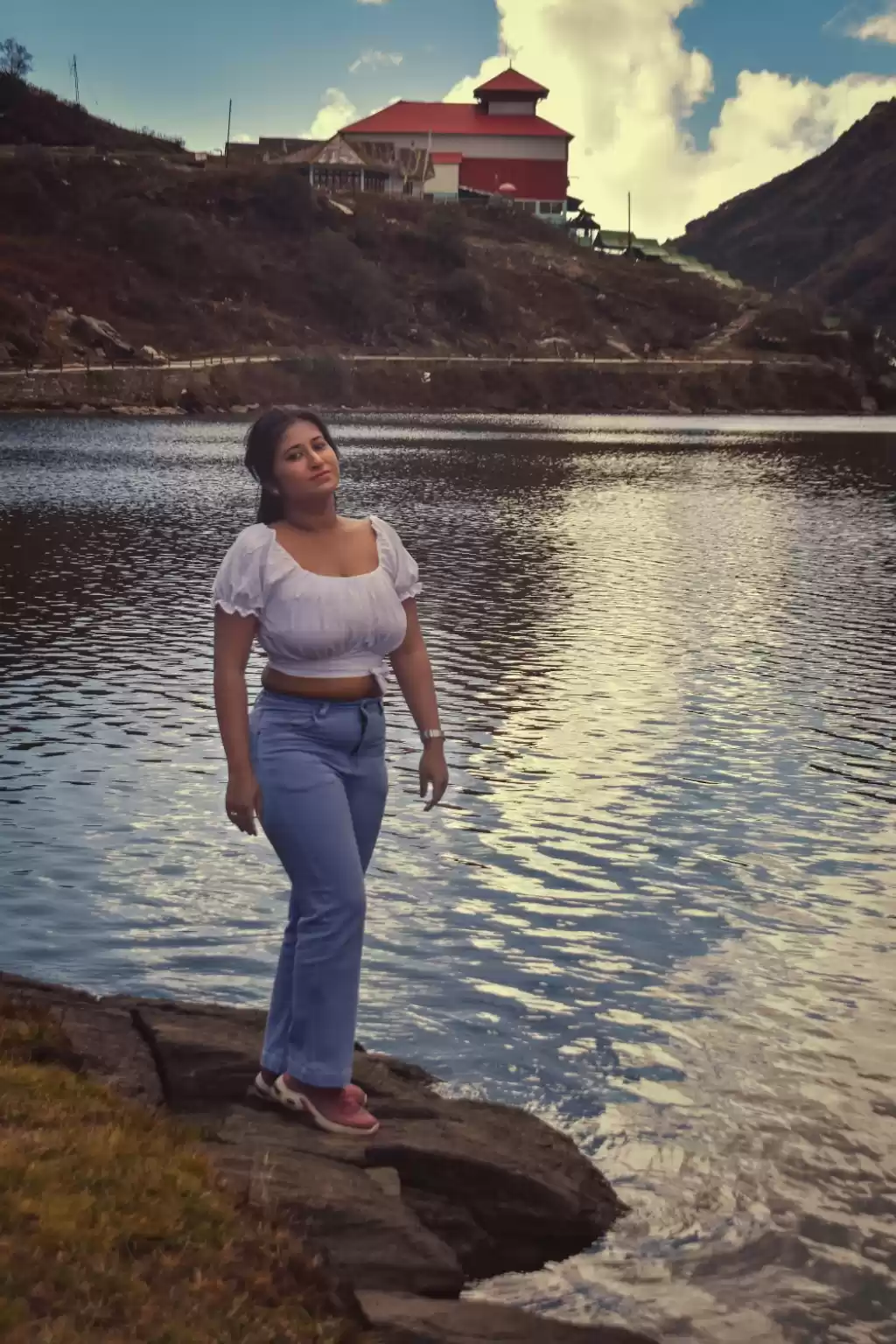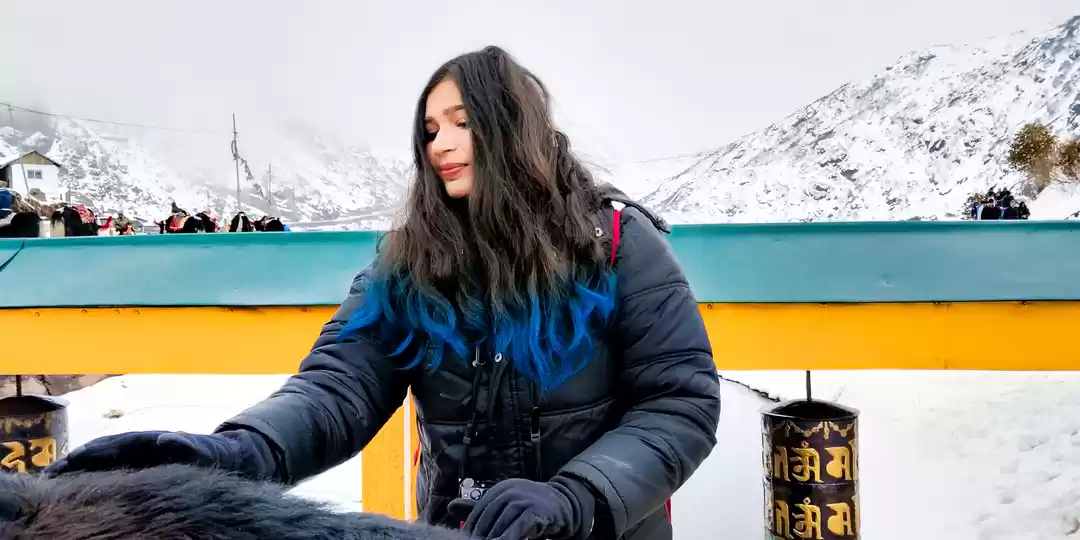Imagine a lake that changes colours with seasons, freezes in winter, and holds sacred significance to the locals. Welcome to Tsogmo Lake, a glacial wonderland in Sikkim. Tsogmo Lake, also known as Changu Lake, is one of the most popular tourist attractions in Sikkim. It is located at an altitude of 3,780 metres (12,400 feet) above sea level, about 40 kilometres (25 miles) from Gangtok, the capital of Sikkim. The lake is surrounded by snow-capped mountains and lush green valleys, creating a stunning contrast of colours and textures. The lake is also revered by the Sikkimese people as a holy site, where they offer prayers and perform rituals.
In this article, you will discover the beauty and mystery of Tsogmo Lake and learn how to plan a memorable trip to this amazing destination.
History and Legend of Tsogmo Lake
Tsogmo Lake was formed by glacial activity thousands of years ago. The lake is fed by snowmelt from the surrounding mountains, which gives it a clear and pristine appearance. The lake covers an area of about 1 square kilometre (0.4 square miles) and has a depth of about 15 metres (50 feet).
The name Tsogmo means “source of water” in the Bhutia language, which is spoken by the ethnic Tibetan people of Sikkim. The lake is also known as Changu, which means “onion” in Lepcha language, which is spoken by the indigenous people of Sikkim. The name Changu refers to the onion-like shape of the lake.
The lake has a rich and fascinating legend associated with it. According to legend, the lake was blessed by Guru Padmasambhava, also known as Guru Rinpoche, who is considered as the second Buddha by Tibetan Buddhists. Guru Padmasambhava visited Sikkim in the 8th century CE and predicted the future colours of the lake based on the events that would unfold in Sikkim. The lake is also believed to be the home of a mythical serpent called Gonpo Tso, who guards the lake and its treasures.
Legend of the lake
The legend says that the colour of the lake changes with seasons and moods. The lake reflects different colours such as blue, green, red, or black depending on the weather, time of day, or celestial events. The locals believe that the colour of the lake indicates the fortune or misfortune of Sikkim and its people.
The lake is also a witness to some historical events or incidents that took place at or near the lake site. The lake was the site of a violent clash between India and China in 1967, which resulted in heavy casualties on both sides. The lake is also a witness to the annual ritual of changing the flag at Nathu La Pass, which marks the border between India and China. Nathu La Pass is located about 9 kilometres (5.6 miles) from Tsogmo Lake and is one of the highest motorable passes in the world.
Key Attractions and Activities at Tsogmo Lake

Tsogmo Lake offers a variety of attractions and activities for visitors to enjoy. Here are some of them:
Yak and Mule Rides: One of the most fun and exciting ways to explore the lake site is by riding a yak or a mule. These furry animals are native to the Himalayan region and are well-adapted to the high altitude and cold climate. You can hire a yak or a mule from one of the local vendors at the lake site and take a ride around the lake or up to Nathu La Pass. You can also feed them or take pictures with them.
Flowers: Tsogmo Lake is home to some beautiful and rare flowers that bloom in different seasons. In spring, you can see colourful rhododendrons, primulas, poppies, irises, and other alpine flowers around the lake. In summer, you can see orchids, lilies, blue poppies, gentians, and other exotic flowers near the lake. In autumn, you can see marigolds, chrysanthemums, dahlias, and other bright flowers along the lake. In winter, you can see snow lotuses, edelweiss, and other frosty flowers on the lake.
Migratory Ducks: Tsogmo Lake is also a haven for migratory ducks that visit the lake in winter. You can see different species of ducks such as brahminy ducks, ruddy shelducks, tufted ducks, common pochards, and others swimming or resting on the lake. You can also hear their quacking and splashing sounds that add to the charm of the lake.
Red Panda: Tsogmo Lake is one of the few places in Sikkim where you can spot the elusive and endangered red panda. The red panda is a small and cute animal that resembles a raccoon or a fox. It has reddish-brown fur, a long bushy tail, and a black-and-white face. It lives in the bamboo forests around the lake and feeds on bamboo shoots, fruits, eggs, and insects. You can see them climbing trees, playing with each other, or sleeping on branches.
Shiva Temple: Tsogmo Lake is also a sacred site for Hindus, who worship the lake as a manifestation of Lord Shiva. There is a small Shiva temple near the lake where devotees offer prayers and perform rituals. The temple is especially crowded during Shivaratri, a festival that celebrates the marriage of Shiva and Parvati. The temple also offers a panoramic view of the lake and the mountains.
How To Reach and Visit Tsogmo Lake
Obtain a permit
To visit Tsogmo Lake, you need to obtain a permit from the authorities. You can apply for the permit online or offline at least one day before your visit. You need to submit your identity proof, passport size photo, and travel details. You also need to pay a nominal fee for the permit.
How to reach
To reach Tsogmo Lake from Gangtok or other nearby places, you can take a taxi, bus, or bike. The road to Tsogmo Lake is well-maintained and scenic, but it can be steep and winding at some places. The journey takes about 2 hours by taxi or bus and about 3 hours by bike.
Best time to visit
The best time to visit Tsogmo Lake is from March to May or from October to December. These are the seasons when the weather is pleasant and clear, and the lake is at its most colourful and vibrant. You can also visit Tsogmo Lake in winter if you want to see the frozen lake and experience the snowfall. However, you need to be prepared for extreme cold and road closures due to landslides or avalanches.
Tsogmo Lake is a stunning destination that offers a glimpse into the natural and cultural richness of Sikkim. It is a place where you can experience the magic of nature’s colours, witness the history and legend of Sikkim’s people, and enjoy a variety of activities and attractions.
Also read: Instagramming Sikkim: Tsomgo Lake, Namchi and Pelling

